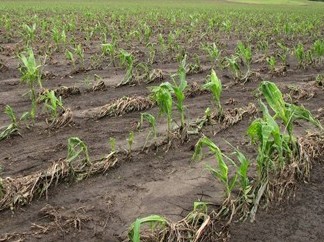In the November 11 issue of The New Yorker there is a fascinating article by Michael Specter about The Climate Corporation, a six-year old company based in San Francisco whose main business is selling crop insurance to farmers. But they do it in a unique way by crunching vast amounts of meteorological data (50 terabytes per day) about precipitation, temperature, soil moisture to both analyze current conditions and predict future conditions.
Since not everyone has access to The New Yorker, I looked for something else written about the company and found an article from Wired by Marcus Wohlsen and dated September 9, 2012. It actually has more quantitative detail than the first article. You can read it here.
Kent E. Morrison • American Institute of Mathematics
